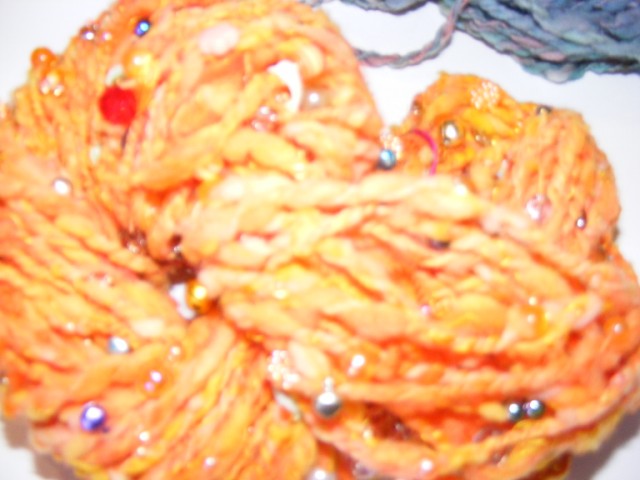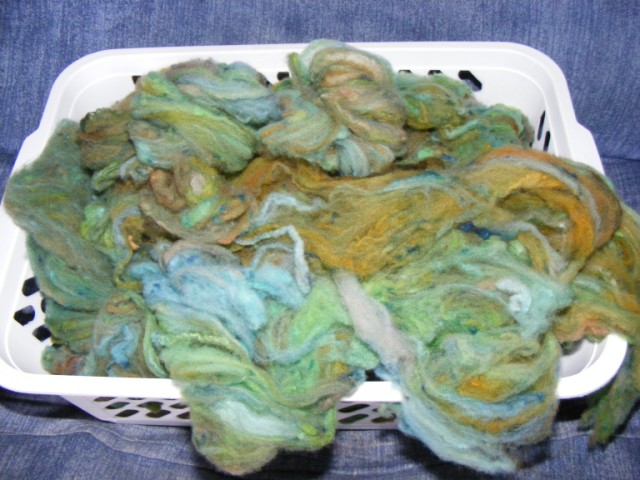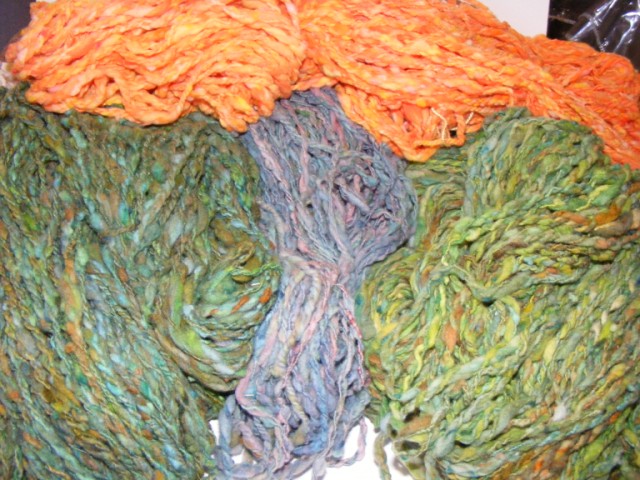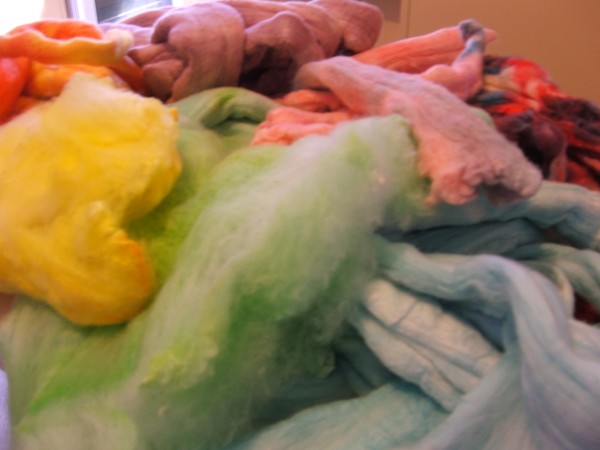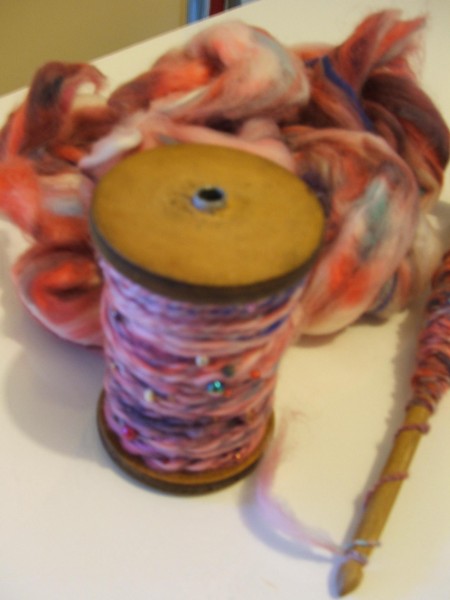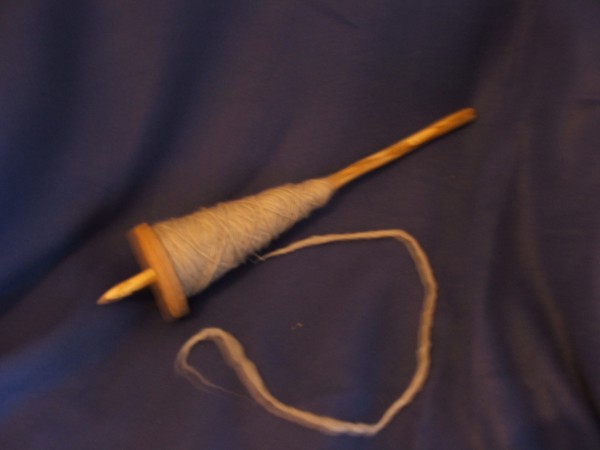Mood:
Topic: Play time!
I thought it was about time to provide some updated links for DIYers to follow. If you think a simple loom limits you to simple weaving, then think again! You can do on a backstrap as much if not more than you can do on a 4 shaft loom, and its often much easier because you are not limited by the shaft system.
Check out and book-mark this blog written by Laverne Waddington:
http://backstrapweaving.wordpress.com/
She provides tutorials in both English and Spanish for the various pattern weaves of South America, and has also worked out, using those skills, how to do double weave, as is done on a multishaft loom. Its much easier! She has already published a monograph on Andean Pebble Weave, and there is another book in the wings - the links are all there on her blog. There are also links to the backstrap group on Ravelry which is about to start a Weave-a-Long in the New Year.
If you are still at the bandweaving stage and want something more traditionally European there is Anneliese Blase's excellent site:
http://www.gewebte-baender.de/
Although written in German, Google Translate makes a good job of translating it and much of it is self-explanatory anyway. Some pages are in English, and Anneliese herself speaks and writes excellent English.
Joy Hilden has an excellent site about Beduin weaving here:
and has written a book that is referred to on Laverne's blog. Many of the pieces Laverne has woven recently are base on photos from the book.
For patterns, there are several inkle-weaving books on the market, though many are out of print. Interweave Press are shortly going to publish a new one which is supposed to be far more comprehensive in what it covers. Written by Anne Dixon, it should be an invaluable reference library. There is also Mary Meigs Atwater's evergreen "Byways in Handweaving" which is still being printed, so don't waste your money on a preloved copy at exorbitant prices, its about $10 to buy new. You can also find many of her patterns and articles on
http://www.handweaving.net/DAHome.aspx
and they are free to download. While her work was written for multi-shaft looms, she does give the patterns so they are very easy to follow on a backstrap loom using the techniques on Laverne's blog.
Finally there is the Yahoo Backstrappers Weaving group:
http://groups.yahoo.com/group/backstrappers/
which is provided as a resource for backstrap weavers. Its not so much an active group, as it provides links to other sites and events of interest to backstrappers. Its an alternative to the Mb hungry sites for those who are still on dial up or limited internet services and is monitored by myself, Laverne and Franco Rios who are ready to answer any questions you may have.
I wish everyone a great, happy and safe New Year! I have a lot of things planned for 2012, all creative, but not necessarily all to do with spinning and weaving; I have signed up for some online art workshops given free by Strathmore:
http://www.strathmoreartist.com/
You will find the link to 3 free workshops at the lower left of the home page. The first is run by Traci Bautista, on doodling, then Kathy Johnson, a wonderful watercolourist is running one on watercolour sketching and finally Mike Mattesi is running a workshop on his Force drawing techniques. See you there?
NAYY, etc - I discovered them earlier this year and had great fun moving out of my confort zone!

 .
.